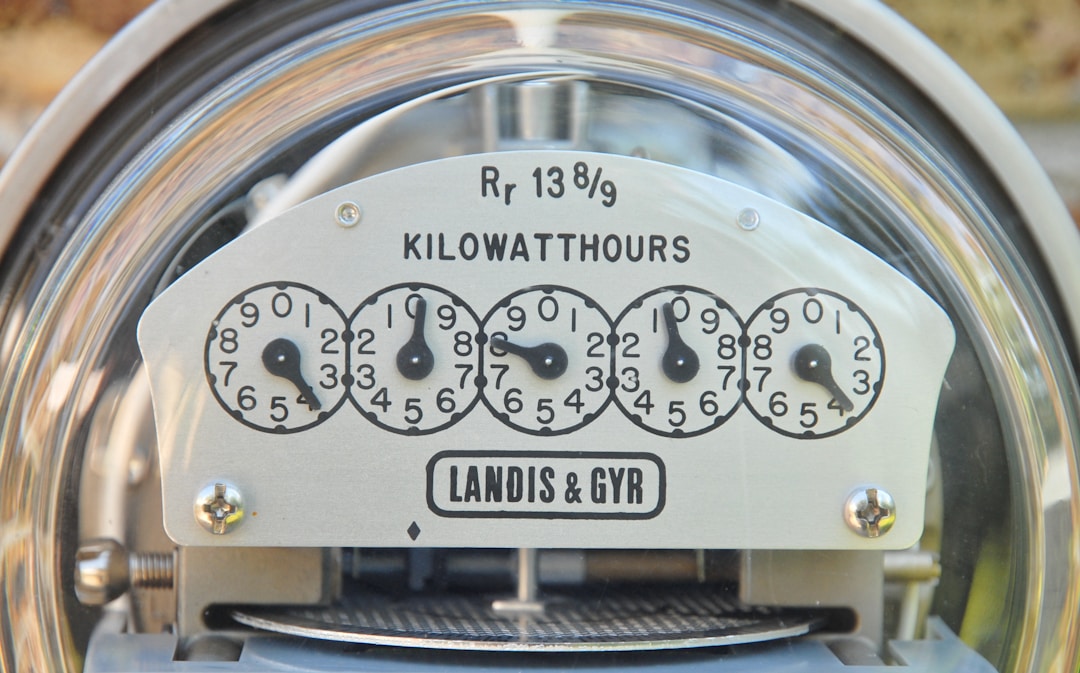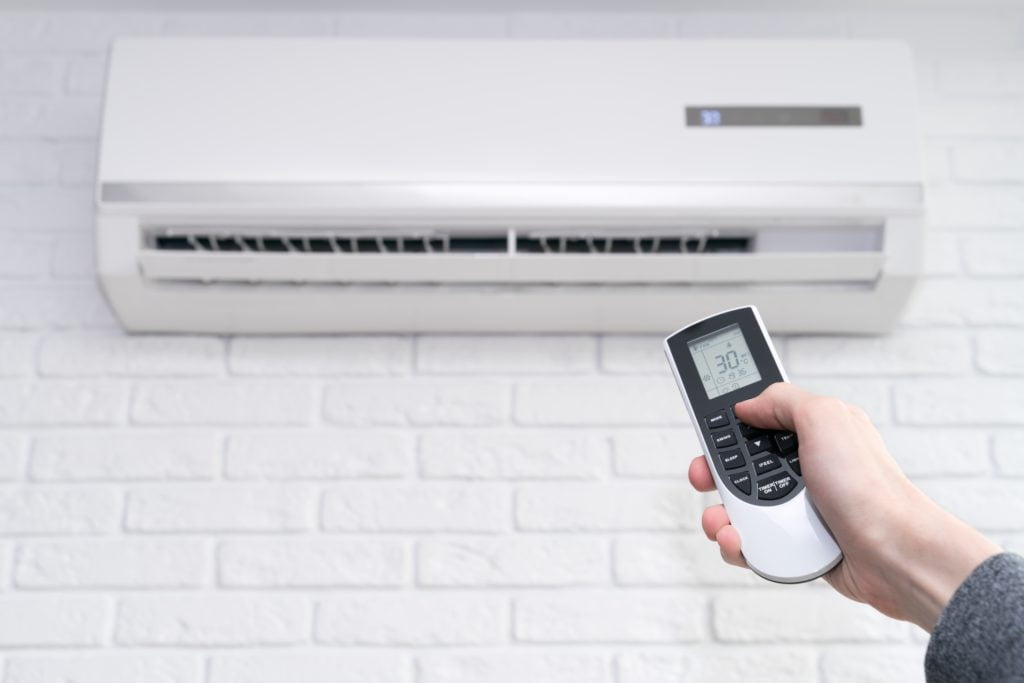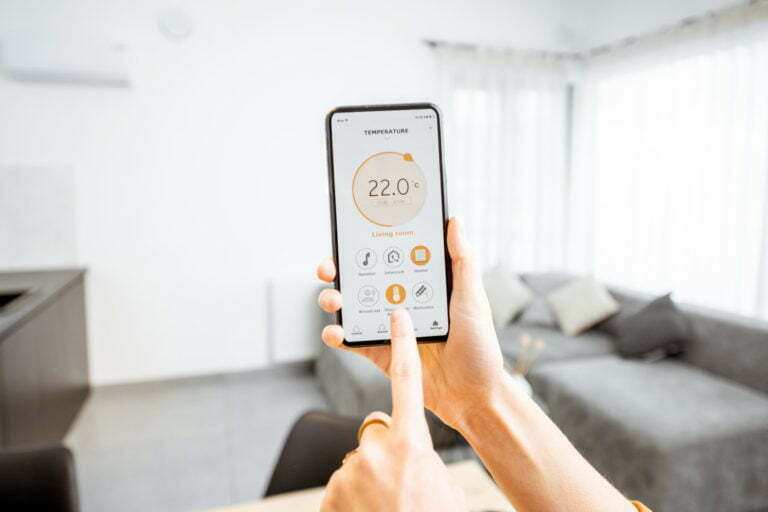Your HVAC system relies on several parts to deliver cool air to your home. From the air handler and compressor to the ductwork and blower fan, several pieces of equipment have to work together correctly. One often overlooked element of an HVAC system is the thermostat. The thermostat is the brain of your cooling system and is responsible for controlling the entire process. Even though it is such an important piece of the puzzle, many homeowners fail to take note of the thermostat unless there is a problem. Just like upgrading your phone or computer to a newer model, however, you might consider upgrading your thermostat for better technology and enhanced capabilities.
As with most things, age can have an impact on your thermostat. On average, your HVAC system should last around 20 years. However, your thermostat life span is only about 10 years. The settings, controls, and sensors can wear out as your thermostat ages. Even if your thermostat continues to work, you could notice inefficient performance from your HVAC equipment.
So, what are the benefits of upgrading your HVAC system thermostat? There are a few reasons to install a new thermostat, from improved efficiency to better control of your HVAC settings. Let’s examine some of the benefits of investing in a new thermostat.
A new thermostat can reduce your energy bills and usage.

A major benefit of installing an upgraded thermostat is reduced energy usage. Smart thermostats and newer programmable thermostats incorporate innovation and technology to maximize efficiency and reduce energy costs. Newer devices allow you to adjust temperature settings based on schedules and the time of day. Smart thermostats take this technology further to learn the behaviors and patterns of the home to implement automatic temperature changes.
A smart thermostat can make accommodations for when you are away or sleeping through smart technology and advanced learning. Older thermostats usually have limited options for controlling the HVAC system, and the unit has to either be on or off. Smart thermostats and other programmable thermostats, however, can adjust indoor temperatures based on the needs of the house and time of day.
When your air isn’t running while you are away, your household energy usage and utility bills will be reduced. The average household in the United States pays around $115 per month for energy, and the HVAC system can contribute to almost half of that throughout the year. Even though your older thermostat is still running, it could be costing you significantly more in energy usage and bills.
New thermostats offer remote access and better control.

Smart thermostats are similar to other smart solutions that are having an impact on our daily lives. From your smartwatch to your Amazon device, smart equipment incorporates Wi-Fi-enabled technology to ensure that you are always connected. Similar to other devices, a smart thermostat allows users remote access through enabled mobile apps. With a smartphone or other mobile device, you can adjust indoor temperatures and air conditioning settings anywhere. Remote access capabilities allow you to check in on your home’s temperature and HVAC usage stats at any time to help save you money and have better control.
Investing in a new thermostat gives you better control over your heating and cooling system and allows you to adjust your schedule or reprogram the settings easily. With older thermostats, you have to set the home to a certain temperature when you leave for vacation or go away for an extended period. While you are away, your thermostat will keep the house at that temperature. However, with new thermostat technology, you can make adjustments remotely for the cleaning lady or the dog sitter when they stop by.
If your home HVAC system is operating on an older thermostat, it could cost you money and wear on your equipment. Upgrading to a newer device could save energy, reduce system wear and tear, and give you more options for comfort control.





